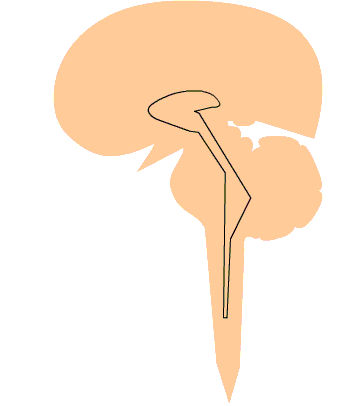Auditory Pathologies
How we listen or how a sound is recognized?
Hearing is not only restricted to the peripherical sensorial organ or ear, but it is a much more complex function derived from a neurological development. Ear makes the job of a “microphone”, capable of registering a sound, but its elaboration and identification is an absolutely cerebral function.

The human ear is capable of registering sound vibrations in frequencies between 16 and 18.000 Hz. These vibrations are registered by the ear pavillion and are transmitted by the external auditory canal to the tympanum, which upon vibrating starts moving the chain of very little bones of the middle ear. These ones, on their part, send vibration towards the liquids of the inner ear producing stimulation of Corti organ (auditory portion of the inner ear), where an electrical activity is produced taking the features of the sound which has generated it.
This flow is sent by a “cable” auditory pathway up to the brain, having “stages” in its way which transmit and strenghthen the sign coming through it. The cerebral temporal lobe plays as the “amplifier” capable of recognizing and processing such electrical flow and of transforming same in “loud conscience”.